
Koalas
In Queensland, many people work collaboratively to protect koalas, including restoring their habitat, reducing threats and caring for sick and injured animals.

In Queensland, many people work collaboratively to protect koalas, including restoring their habitat, reducing threats and caring for sick and injured animals.
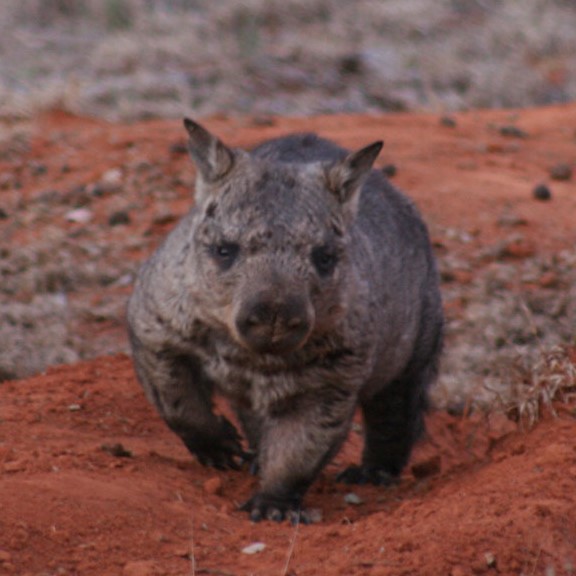
Only 35 northern hairy-nosed wombats were left in the wild, but concerted efforts by a collaborative team in Queensland is supporting their gradual recovery.
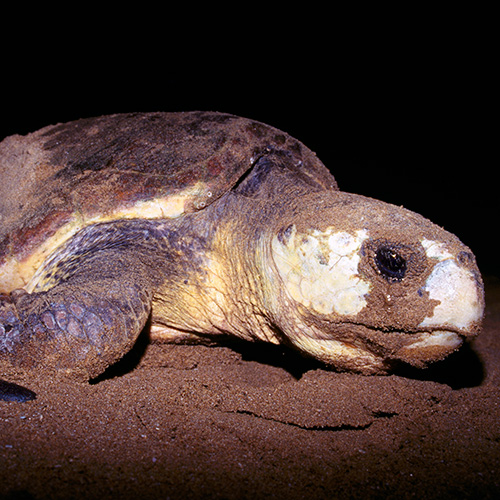
Queenslanders and visitors alike are involved in activities aimed at creating a viable future for these ancient ocean adventurers – loggerhead turtles.
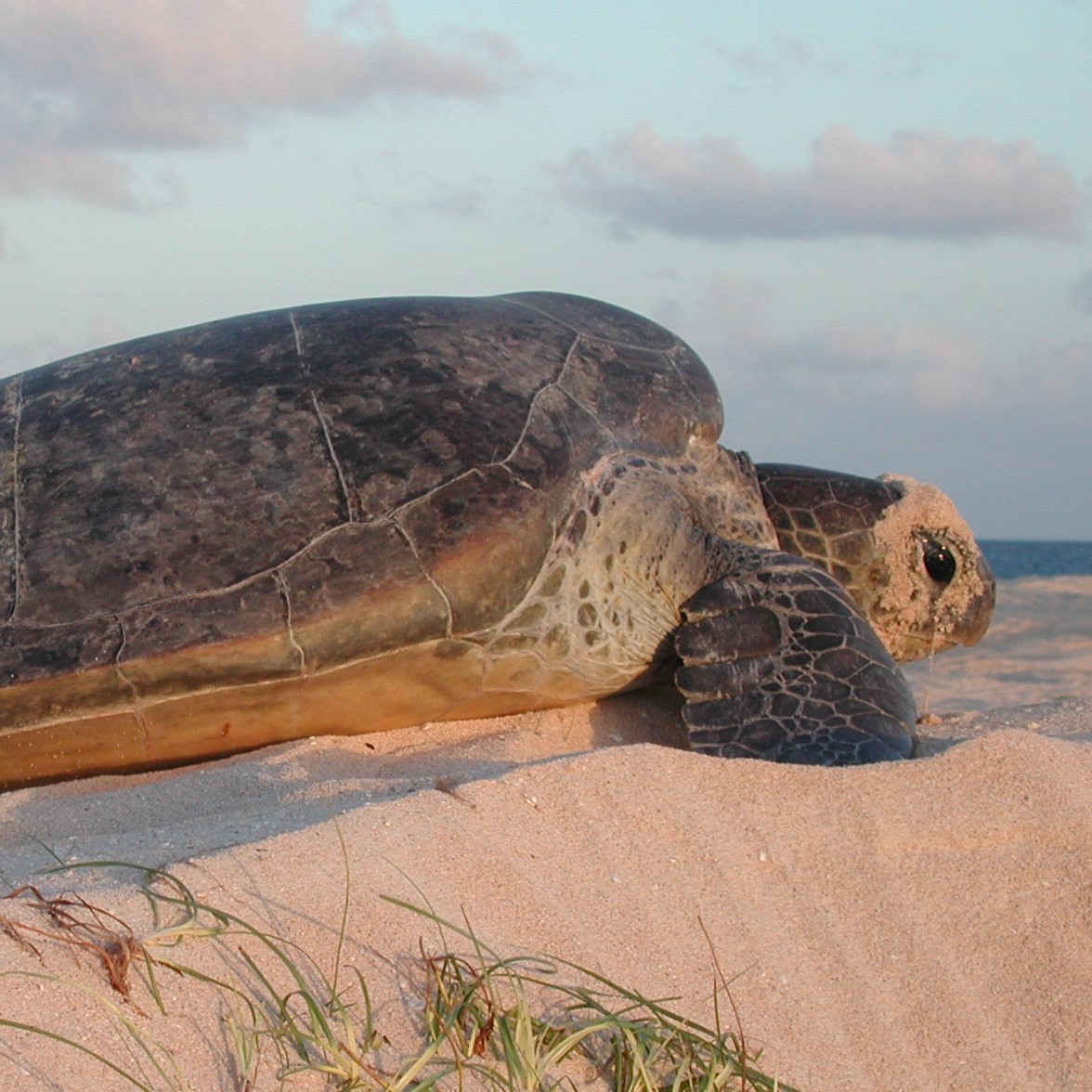
Green turtles have roamed the seas for millions of years, but few large nesting populations remain. Three are in Queensland and need our support to survive.

Learn more about the shy, slow-moving dugong, which spends most of its day feeding on seagrass in northern coastal waters, and actions to protect it.

The greater bilby, our ecosystem engineer, is an endangered animal. Understand what’s being done in Queensland to help the bilby species bounce back.

Learn more about critically endangered Herald petrel, an oceanic seabird not seen from the mainland which only breeds on Raine Island, and the actions to protect it.
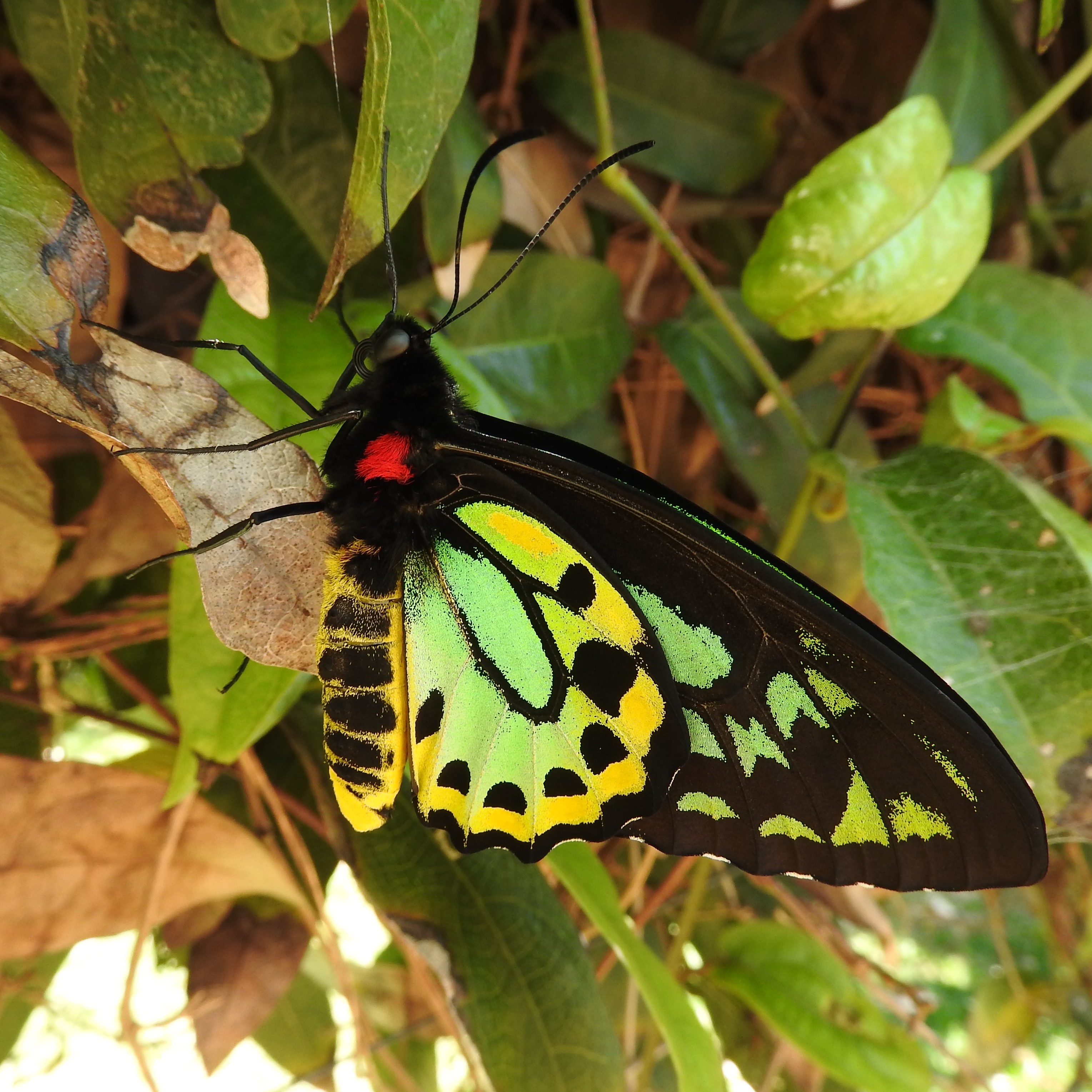
Governments, community members, conservation groups, and businesses are helping the Richmond birdwing butterfly make a colourful comeback in Queensland.

Learn more about the Capricorn yellow chat, which is only found on the Capricorn coast in Central Queensland, and the actions to protect it.

A Queensland partnership between government, university and First Nations people is championing the survival of the armoured mistfrog.
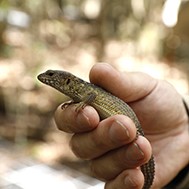
With intricate patterns and spiny scales, the Nangur spiny skink looks fierce, but this native animal needs our support to thrive and survive in Queensland.

The Coochin Hills grevillea only grows on 2 peaks in the Glasshouse Mountains. Its small population and narrow distribution make the plant vulnerable to threats that increase its risk of exinction.
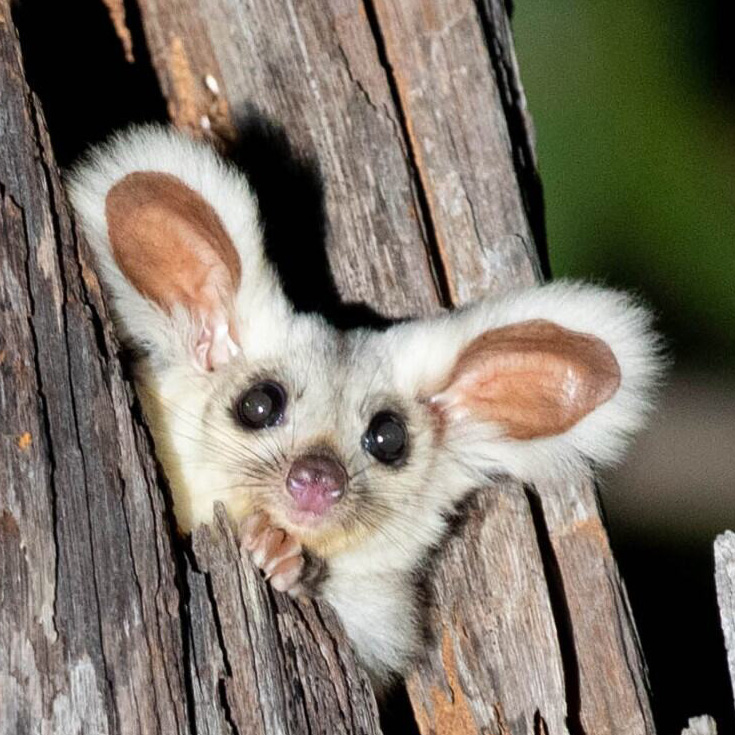
The endangered greater glider plays a vital role as a barometer of the integrity of forest ecosystems.

By preserving its habitat, controlling invasive predators and supporting ongoing research, we can help to protect the elusive night parrot in Queensland.

With striking features, the powerful owl is a large, but elusive predator. Reliant on old forests to survive, it needs our help to survive in Queensland.

Like the emu and ostrich, the southern cassowary is a ratite, a large flightless bird with unusual feathers and other features that distinguish it from all other birds. Find out more information about this majestic bird.

As subtropical rainforests become more fragmented, Coxen’s fig-parrot faces a challenging future unless we can discover more about this elusive bird.

With its saw-like snout and large size, the freshwater sawfish has been overfished and needs our support to survive in Queensland waters.

The grey nurse shark looks , but this docile species, faced with threats from fishing and slow breeding rates, needs support for a sustainable future.

The kowari is an inquisitive carnivorous marsupial living in western Queensland, where habitat loss and degradation threaten its survival in the wild.

This highly elusive small frog has been evolving in isolation in Queensland, but the Kroombit tinker frog needs our help to continue thriving in the wild.

In the wild Gondwana Rainforests of Australia World Heritage Area a rare little frog – the Mount Ballow Mountain Frog – needs our help to secure its future.

The future of the Opalton grasswren, a small native bird with distinctive plumage, is looking brighter as Queensland expands its protected natural areas.

The red goshawk is a large, swift and powerful bird of prey but more research is needed to understand how we can help protect it.

The highly mobile mahogany glider needs open forests or woodlands to glide freely. Learn how we are expanding and improving the habitat it needs to thrive.
Your browser is not supported. Some functionality might not work as expected.
Please upgrade your browser to a version on the supported browser list